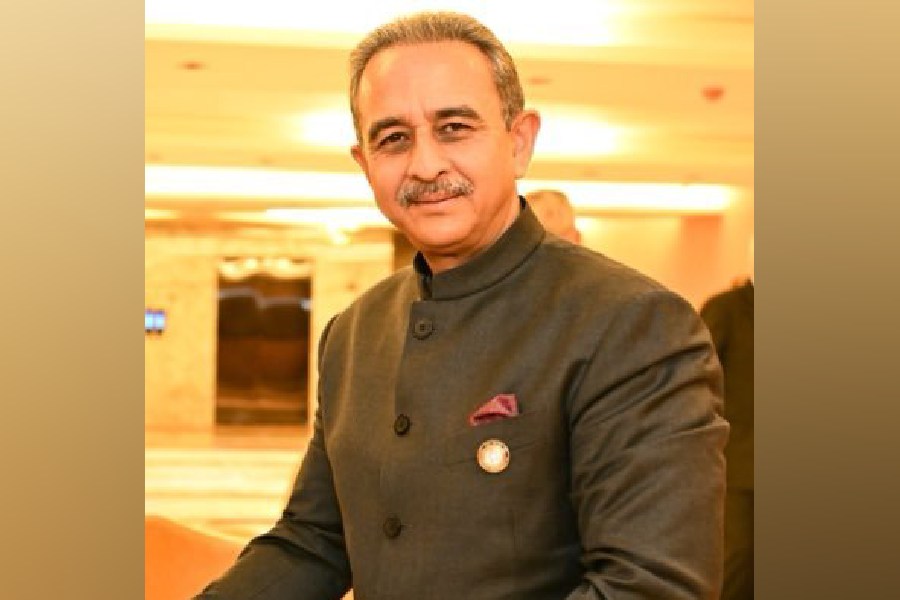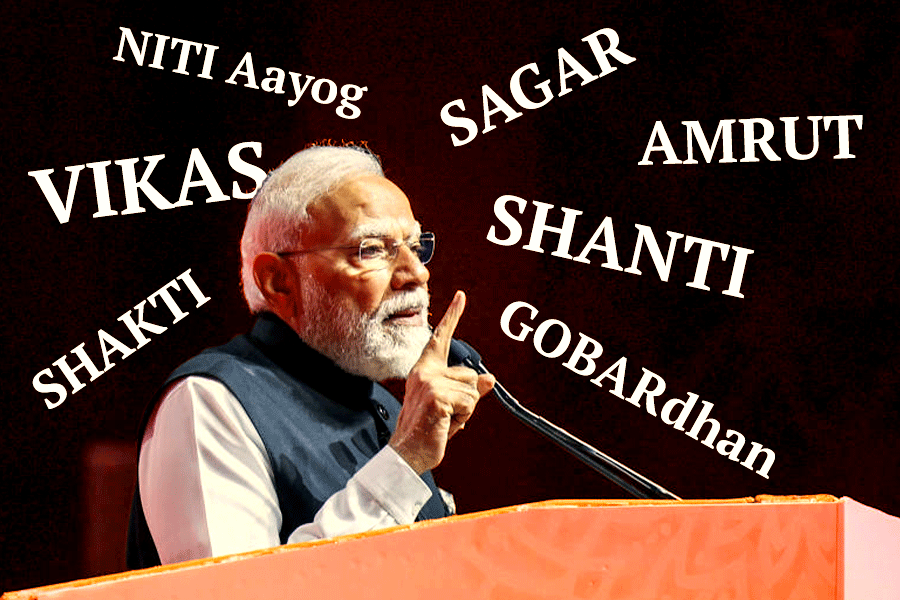Masaki Kashiwara, a Japanese mathematician, received this year’s Abel Prize, which aspires to be the equivalent of the Nobel Prize in maths. Kashiwara’s highly abstract work combined algebra, geometry and differential equations in surprising ways.
The Norwegian Academy of Science and Letters, which manages the Abel Prize, announced the honour last month.
“First of all, he has solved some open conjectures — hard problems that have been around,” said Helge Holden, chair of the prize committee. “And second, he has opened new avenues, connecting areas that were not known to be connected before. This is something that always surprises mathematicians.”
Mathematicians use connections between different areas of maths to tackle recalcitrant problems, allowing them to recast those problems into concepts they better understand. That has made Kashiwara, 78, of Kyoto University, “very important in many different areas of mathematics”, Holden said.
But have uses been found for Kashiwara’s work in solving concrete, real-world problems?
“No, nothing,” Kashiwara said in an interview.
The honour is accompanied by 7.5 million Norwegian kroner (about $7,00,000).
Unlike Nobel laureates, who are frequently surprised with middle-of-the-night phone calls just before the honours are publicly announced, Kashiwara had known of his honour for a week.
The Norwegian academy informs Abel Prize recipients with ruses similar to those used to spring a surprise birthday party. “The director of my institute told me that there is a Zoom meeting at 4 o’clock in theafternoon, and please attend,” Kashiwara recalled in an interview.
On the video teleconference call, he did not recognise many of the faces. “There were many non-Japanese people in the Zoom meeting, and I’m wondering what’s going on,” Kashiwara said.
Marit Westergaard, secretary-general of the Norwegian academy, introduced herself and told Kashiwara that he had been chosen for the year’s Abel. “Congratulations,” she said.
Kashiwara, who was having trouble with his Internet connection, was initially confused. “I don’t completely understand what you said,” he said.
When his Japanese colleagues repeated the news in Japanese, Kashiwara said: “That is not what I expected at all. I’m very surprised and honoured.”
Growing up in Japan in the postwar years, Kashiwara was drawn to maths. He recalled a common Japanese maths problem known as tsurukamezan, which translates as the crane and turtle calculation.
The problem states: “There are cranes and turtles. The count of heads is X and the count of legs is Y. How many cranes and turtles are there?” (For example, for 21 heads and 54 legs, the answer is 15 cranes and six turtles.)
This is a simple algebra word problem similar to what students solve in middle school. But Kashiwara was much younger when he encountered it and read an encyclopedia to learn how to come up with the answer. “I was a kid, so I can’t remember, but I think I was six years old,” he said.
In college, he attended a seminar by Mikio Sato, a Japanese mathematician, and was fascinated by Sato’s groundbreaking work in what is now known as algebraic analysis.
“Analysis, that is described by the inequality,” Kashiwara said. “Something is bigger or something is smaller than the other.” Algebra deals with equalities, solving equations for some unknown quantity. “Sato wanted to bring the equality world into analysis.”
Phenomena in the real world are described by real numbers like 1, –4/3 and pi. There are also what are known as imaginary numbers like i, which is the square root of –1, and complex numbers, which are sums of real and imaginary numbers.
Real numbers are a subset of complex numbers. The real world, described by the mathematical functions of real numbers, “is surrounded by a complex world” involving functions of complex numbers, Kashiwara said.
For some equations with singularities — points where the answers turn into infinity — looking at the nearby behaviour with complex numbers can sometimes provide insight. “So the inference from the complex world is reflected to the singularities in the real world,” Kashiwara said.
He wrote — by hand — a master’s thesis using algebra to study partial differential equations, developing techniques that he would eventually employ throughout his career.
Kashiwara’s work also pulled in what is known as representation theory, which uses knowledge of symmetries to help solve a problem. “Imagine you have a figure drawn on the floor,” said Olivier Schiffmann, a mathematician at the University of Paris-Saclay and the French National Centre for Scientific Research. “Unfortunately, it is all covered in mud and all you can see is, say, a 15-degree sector of it.”
But if one knows that the figure remains unchanged when rotated by 15 degrees, one can reconstruct it through successive rotations. Because of the symmetry, “I only need to know a small part in order tounderstand the whole,” Schiffman said. “Representation theory allows you to do that in much more complex situations.”
Another invention of Kashiwara’s was called crystal bases. He drew inspiration from statistical physics, which analyses critical temperatures when materials change phases, like when ice melts to water. The crystal bases allowed complex, seemingly impossible calculations to be replaced with much simpler graphs of vertices connected by lines.
“This purely combinatorial object in fact encodes a lot of information,” Schiffmann said. “It opened up a whole new area of research.”
Holden said Kashiwara’s work was difficult to explain to non-mathematicians, because it was much more abstract than that of some earlier Abel prize laureates.
For example, MichelTalagrand, last year’s laureate, studied randomness in the universe such as the heights of ocean waves, and the work of Luis Caffarelli, who was honoured two years ago, can be applied to phenomena like the melting of a piece of ice.
Kashiwara’s work is more like tying together several abstract ideas of mathematics into more abstract combinations that are insightful to mathematicians tackling a variety of problems.
“I think it’s not easy,” Kashiwara said. “I’m sorry.”











